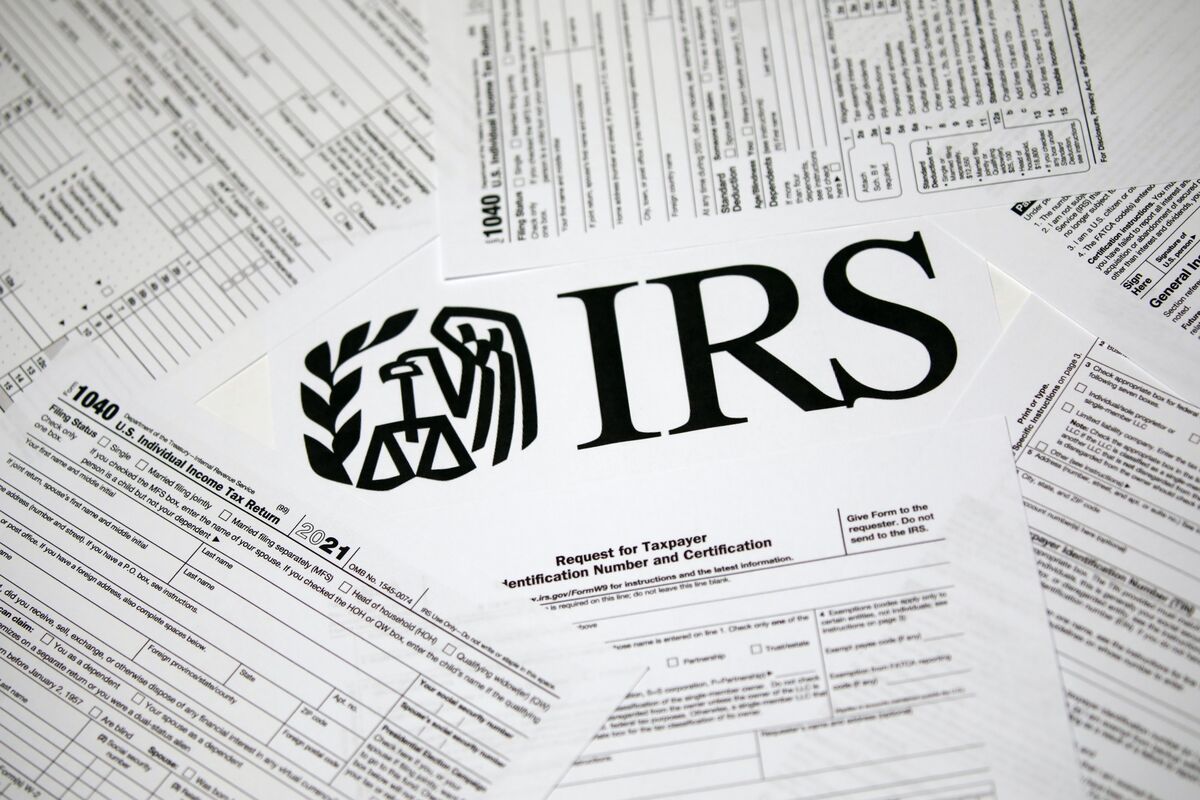Home>Finance>Financial Distress: Definition, Signs, And Remedies


Finance
Financial Distress: Definition, Signs, And Remedies
Published: November 23, 2023
Learn the definition, signs, and remedies for financial distress in this comprehensive guide. Gain valuable insights to improve your finance management.
(Many of the links in this article redirect to a specific reviewed product. Your purchase of these products through affiliate links helps to generate commission for LiveWell, at no extra cost. Learn more)
Financial Distress: Definition, Signs, and Remedies
Welcome to our FINANCE category, where we dive deep into various aspects of financial health and provide you with expert advice. In this blog post, we will focus on financial distress – a topic that affects individuals, families, and businesses alike. If you’ve ever wondered what financial distress is, how to recognize the signs, and, most importantly, how to overcome it, you’ve come to the right place. So let’s get started!
Key Takeaways
- Financial distress is a condition where an individual or an organization is unable to meet its financial obligations or maintain a stable financial position.
- Signs of financial distress include mounting debt, difficulty paying bills, decreased income, and consistent loss in financial value.
What is financial distress?
Financial distress can be defined as a condition where an individual or an organization is unable to meet its financial obligations or maintain a stable financial position. It occurs when there is a significant imbalance between income and expenses, or when there is a sudden and unexpected financial shock, such as a job loss or a major medical expense.
Recognizing the signs of financial distress
Financial distress can take many forms, and it’s crucial to recognize the signs early on to prevent the situation from worsening. Here are some common indicators that can signal financial distress:
- Mounting debt: If you find yourself accumulating debt that you are unable to repay, it may be a sign of financial distress.
- Difficulty paying bills: Constantly struggling to pay your bills or relying on credit cards to make ends meet is a definite red flag.
- Decreased income: Sudden or ongoing reduction in income can quickly lead to financial distress if not managed properly.
- Consistent loss in financial value: If your assets, investments, or savings are consistently losing value, it is an indication that things are not going well financially.
Overcoming financial distress
If you find yourself facing financial distress, don’t panic. There are steps you can take to improve your situation and get back on track. Here are some remedies to consider:
- Create a budget: Develop a realistic budget that accounts for your income, expenses, and debt repayment. Stick to it religiously.
- Reduce expenses: Identify areas where you can cut back, such as eating out less, canceling unused subscriptions, or negotiating lower interest rates.
- Increase income: Explore opportunities to boost your income, like taking on a side gig, asking for a raise, or upgrading your skills to enhance your earning potential.
- Seek professional help: Consider consulting with a financial advisor or credit counselor who can provide guidance tailored to your specific situation.
- Consolidate debt: Explore options for consolidating your debts into a single payment with a lower interest rate, making it easier to manage.
Remember, overcoming financial distress requires patience, discipline, and a proactive mindset. By taking control of your finances and implementing sound strategies, you can regain stability and pave the way for a brighter financial future.
We hope you found this blog post informative and insightful. Stay tuned for more valuable content on our FINANCE category!














